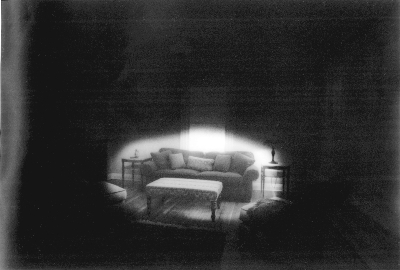Define Legal Blindness
Legally blindness is defined as less than 20 200 vision in the better eye with glasses vision of 20 200 is the ability to see at 20 feet only what the normal eye can see at 200 feet.
Define legal blindness. Causes of legal blindness. Legal blindness legal blindness is a definition used by the united states government to determine eligibility for vocational training rehabilitation schooling disability benefits low vision devices and tax exemption programs. In the us the criteria for legal blindness are.
In north america and most of europe legal blindness is defined as visual acuity vision of 20 200 6 60 or less in the better eye with best correction possible. According to the federal statute that defines legal blindness a person also merits the designation if he or she suffers from severe tunnel vision with a visual field that measures at most 20. Blindness blīnd nes lack or loss of ability to see see vision.
Though some people become blinded in accidents a host of conditions can cause a visual disability or legal blindness. Four leading causes of legal blindness in the united states are age related macular degeneration amd or armd cataracts diabetic retinopathy and glaucoma. Low vision or legal blindness can be limiting to be sure but there are many resources and assistive devices to help you live your life with the utmost independence.
In 2002 the number of. The government uses the term legal blindness to decide who can get certain benefits like disability or job training. The department of motor vehicles also uses the definition to measure vision and keep our roads safe from drivers who have difficulty seeing.
The definition of legal blindness was developed as a guideline to help people receive government assistance such as social security disability benefits. It is not the same as being totally blind. Visual acuity of 20 200 or worse in the better eye with corrective lenses 20 200 means that a person at 20 feet from an eye chart can see what a person with normal vision can see at.
This means that a legally blind individual would have to stand 20 feet 6 1 m from an object to see it with corrective lenses with the same degree of clarity as a normally sighted person could from 200 feet 61 m.

